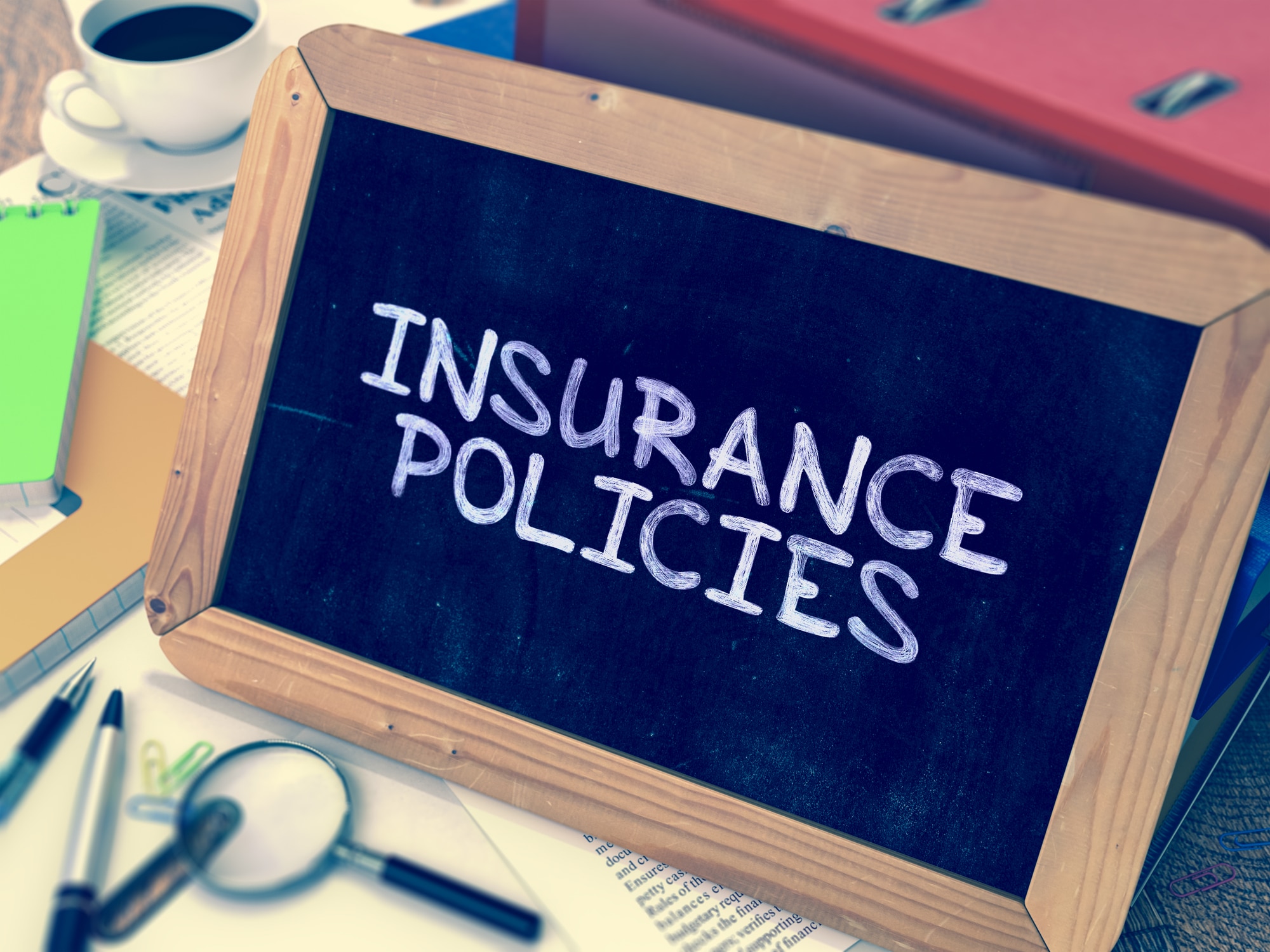In my last blog, I talked about the high price of being underinsured when it comes to auto insurance. I discussed Uninsured Motorist (UM) and Underinsured Motorist (UIM) coverages. Today, I want to “stack” information on top of that article. I want to talk about stacking insurance policies.
You may not know what stackable coverage is or how to use it, but that is why you are reading this article. Stacking auto insurance policies can provide you and your loved ones with extra protection – more protection than you already had or thought you had – in a traffic accident.
Uninsured (UM) and Underinsured (UIM) Motorist Insurance
As a personal injury attorney, I often talk with my clients about how they can use their personal insurance to protect themselves. Ideally, I want to convince people to protect themselves before they get into an accident. And I know that the best protection you have in a car accident is your own insurance.
If you remember, Uninsured and Underinsured insurance policies protect you. Uninsured Motorist (UM) coverage kicks in when the at-fault driver does not have insurance at all. You must have some coverage, right? Underinsured Motorist (UIM) coverage kicks in when the other driver has coverage, but it is simply not enough to cover the expenses that you have, like medical expenses or lost wages.
Stacking Insurance Policies
Then, there is stackable coverage. This is when you add policies on top of each other. By stacking policies, you can receive more money and have more access to money that you need after a traffic accident.
In Maryland, this stackable coverage is called EUIM, which stands for Enhanced Underinsured Motorist coverage. In Virginia, it is simply called Stackable Coverage. Some policies let you start with that coverage, but others only apply once you have an accident.
What you want to do is contact your insurance agent and say, “Do I have access to stackable coverage?” And if you do, say, “I want that.” In Maryland specifically, which is where I primarily practice, you can combine policy limits. You can combine the at-fault driver’s and your own.
However, you have to opt into this stackable policy. You cannot forget about it. You either waive it, or you opt in. And more than likely, your insurance agent is going to say, “You don’t need this. It costs extra money, so just click, ‘No,’ and move on.”
What My Stackable Insurance Policy Looks Like
So, above is a picture of my personal insurance policy. I have taken out the details, but there is a notice on the policy that says, “Required Notice of Uninsured Motorist (‘UM’) Coverage and Enhanced Underinsured Motorist (‘EUIM’) Coverage and Option Selection Form.”
You have the same notice on your forms, too. Most people flip through the pages without looking for it, but this notice is required by law, and you are meant to see it. Nevertheless, insurance companies tend to hide what is in it.
On the next page, you have several options, and Option 3 is what you want. Options 1 and 2 include waivers. Option 3, though, in Maryland is Enhanced Underinsured Motorist Coverage.
But as you can see, you must check the box, and you must sign for it. It is an affirmative action to choose this box. Look for it. Find it. Choose it. If you cannot find it, ask your insurance agent, “Where is the box? I want to check it.” You do not want to miss this opportunity. Let me show you why.
The Purpose of a Stacking Insurance Policies
Let’s say that the at-fault driver in your accident has minimum coverage, which is $30,000 in Virginia and Maryland. Similarly, you have $30,000 in Uninsured (UM) or Underinsured Motorist (UIM) coverage. Yet, your hospital bills are higher than $30,000. What do you do?
Well, you have a collision, and YOU ONLY HAVE $30,000 because you only have access to one insurance policy – either his or yours, whichever is higher. And if your policies are the same amount (in this case $30,000), then you ONLY get $30,000.
Now, let’s add stackable coverage. The at-fault driver only has coverage of $30,000. Let’s say you only have $30,000, too. You also went for the minimum, BUT you checked that box for stackable coverage. You hit Option 3 and chose Enhanced Underinsured Motorist (EUIM) coverage.
In this case, after you have a collision, you get access to the at-fault driver’s policy plus your own policy. So, instead of a total of $30,000, you now have $60,000 in coverage. Clearly, that extra $30,000 is worth a lot of money. It is tens of thousands of dollars more than you had by not checking that little box to save a couple of dollars on your insurance premiums.
Don’t bet on other drivers. Do not guess or take a chance that they are going to have the coverage you need. Protect yourself. Your own coverage counts for more than you know. Take a look at your policy. Talk to your insurance agent today and protect yourself with stacking insurance policies.

 301-973-6510
301-973-6510 Email Us Now
Email Us Now




